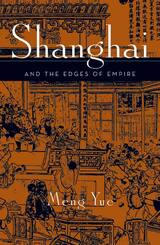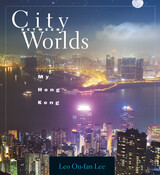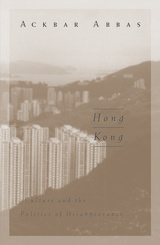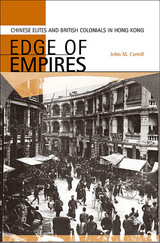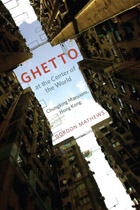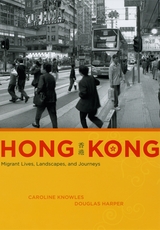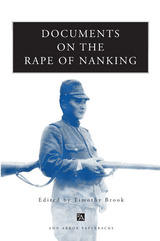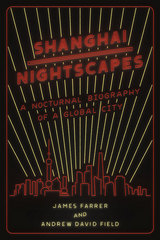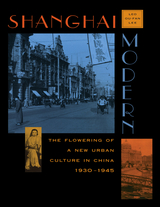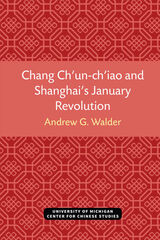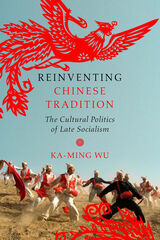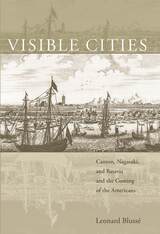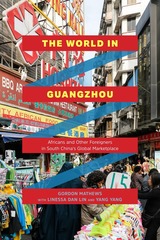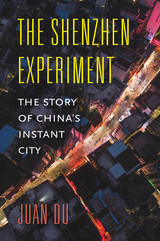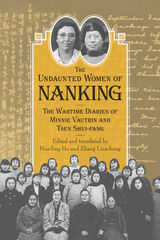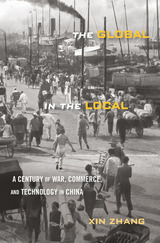Shanghai and the Edges of Empires
University of Minnesota Press, 2006
Cloth: 978-0-8166-4412-4 | Paper: 978-0-8166-4413-1
Library of Congress Classification DS796.S25Y8 2006
Dewey Decimal Classification 951.132033
Cloth: 978-0-8166-4412-4 | Paper: 978-0-8166-4413-1
Library of Congress Classification DS796.S25Y8 2006
Dewey Decimal Classification 951.132033
ABOUT THIS BOOK | TOC
ABOUT THIS BOOK
Even before the romanticized golden era of Shanghai in the 1930s, the famed Asian city was remarkable for its uniqueness and East-meets-West cosmopolitanism. Meng Yue analyzes a century-long shift of urbanity from China’s heartland to its shore. During the period between the decline of Jiangnan cities such as Suzhou and Yangzhou and Shanghai’s early twentieth-century rise, the overlapping cultural edges of a failing Chinese royal order and the encroachment of Western imperialists converged. Simultaneously appropriating and resisting imposing forces, Shanghai opened itself to unruly, subversive practices, becoming a crucible of creativity and modernism.
Calling into question conventional ways of conceptualizing modernity, colonialism, and intercultural relations, Meng Yue examines such cultural practices as the work of the commercial press, street theater, and literary arts, and shows that what appear to be minor cultural changes often signal the presence of larger political and economic developments. Engaging theories of modernity and postcolonial and global cultural studies, Meng Yue reveals the paradoxical interdependence between imperial and imperialist histories and the retranslation of culture that characterized the most notable result of China’s urban relocation—the emergence of the international city of Shanghai.
Meng Yue is assistant professor of East Asian languages and literature at the University of California, Irvine.
Calling into question conventional ways of conceptualizing modernity, colonialism, and intercultural relations, Meng Yue examines such cultural practices as the work of the commercial press, street theater, and literary arts, and shows that what appear to be minor cultural changes often signal the presence of larger political and economic developments. Engaging theories of modernity and postcolonial and global cultural studies, Meng Yue reveals the paradoxical interdependence between imperial and imperialist histories and the retranslation of culture that characterized the most notable result of China’s urban relocation—the emergence of the international city of Shanghai.
Meng Yue is assistant professor of East Asian languages and literature at the University of California, Irvine.
See other books on: Edges | Empires | Shanghai | Shanghai (China) | Urban
See other titles from University of Minnesota Press
